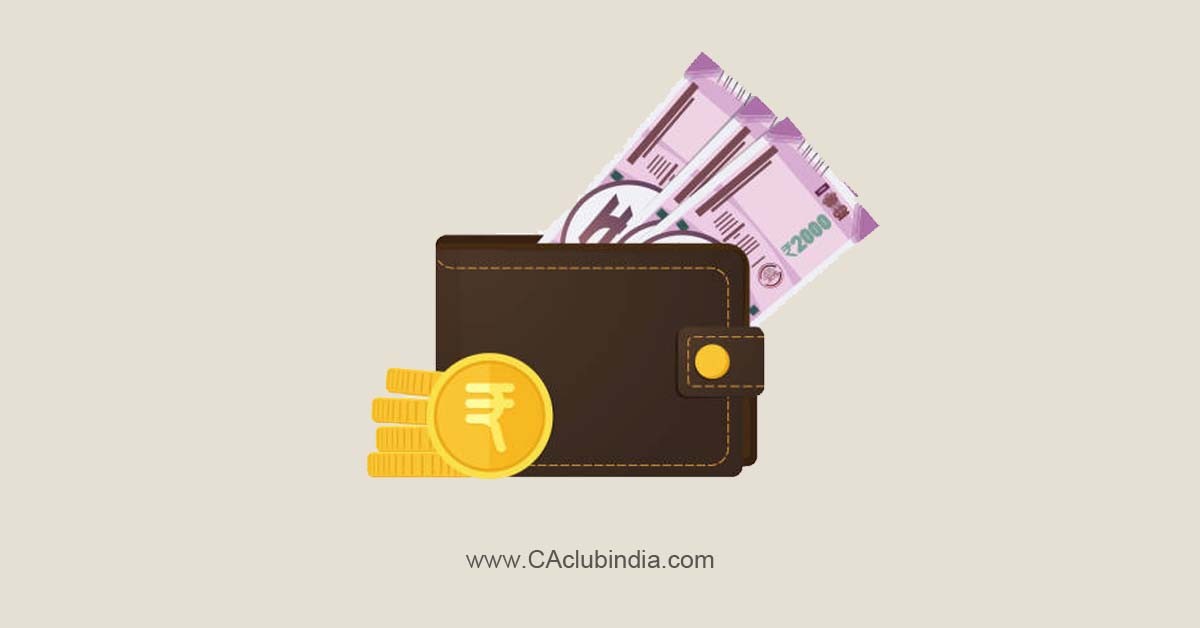A taxpayer, before looking at investing in any tax-saving instruments, needs to first be aware and understand the total tax liability applicable. To get to most effective and efficient way of tax saving ,one should know first calculate amount payable .
For that, You can log in to https://www.incometaxindiaefiling.gov.in and check the total tax applicable for the financial year. Government of India undertakes a lots of measures to build a robust online web-base d application that can help tax payer to calculate his/ her income tax liability.
An individual can choose the current income tax regime with the existing deductions or avail for the new tax regime without having the option to claim deduction and tax exemption from FY 2020-2021.Different deductions offer investment avenues with the varied rate of return and lock-in periods.

Deduction under Section 8OC: Combined maximum deduction of Rs.1.5 lakh
Below are some of the Deduction offers investments avenues varied in all respect
|
Investment options |
Interest |
Minimum lock-in period |
Associated risk** |
|
ELSS |
12% to 15%** (depending on market fluctuation) |
3 years |
High |
|
NPS |
8% to 10% |
Till the investor reaches 60 years of age (retirement) |
High |
|
Senior Citizens Savings Scheme |
8.60% |
5 years |
low |
|
PPF |
7.90% |
15 years |
Low |
|
NSC |
7.9% |
5 years |
Low |
|
ULIP |
8% to 10% (depending on market fluctuation) |
5 years |
Moderate |
|
Fixed Deposit |
Up to 8.40% |
5 years |
Low |
|
Sukanya Samriddhi Yojana |
8.50% |
8 years |
Low |
*Expected returns and risk related may differ in future .
Deduction under Section 8OD, 80DD, 80DDB
|
Section |
Deduction on |
Allowed Limit (maximum) |
|
80D |
Medical Insurance - Self, spouse, children |
Rs 25,000 |
|
Medical Insurance - Parents more than 60 years old or (from FY 2015-16) uninsured parents more than 80 years old |
Rs 50,000 |
|
|
80DD |
Medical treatment for handicapped dependent or payment to specified scheme for maintenance of a handicapped dependent |
Rs 75,000 |
|
Disability is 40% or more but less than 80% |
Rs 1,25,000 |
|
|
Disability is 80% or more |
||
|
80DDB |
Medical Expenditure on Self or Dependent Relative for diseases specified in Rule 11DD |
Lower of Rs 40,000 or the amount actually paid |
|
For less than 60 years old |
Lower of Rs 1,00,000 or the amount actually paid |
|
|
For more than 60 years old |
Deduction under Section 80E: Education Loan
Students can claim a deduction against interest payment for higher education under section 80E. The deduction for the interest on the loan starts from the year in which you start repaying the loan. It is available only for eight years starting from the year in which you start repaying the loan or until the interest is fully repaid whichever is earlier.
Deduction under Section 80G
A deduction can be claimed under section 80G only when the contribution is made to specified funds and institutions either via cheque or cash. Effective from the assessment year 2018-19, a person can avail a maximum deduction of Rs 2,000 if the donation is made in cash. Examples - Prime Minister National Relief Fund, Swachh Bharat Kosh etc. Donations made to a political party are exempted under Section 80GGC.
Above are some of the option that provides the benefits of tax saving, a investor should not only focus on tax saving but also focus on wealth creation for future prospects.
Source: https://incometaxindia.gov.in/Pages/acts/income-tax-act.aspx








 CAclubindia
CAclubindia
